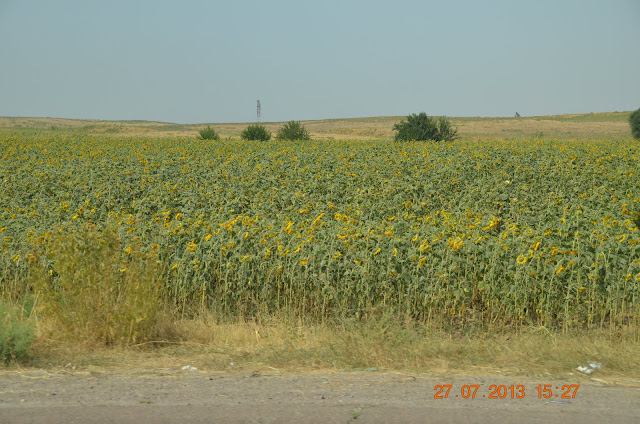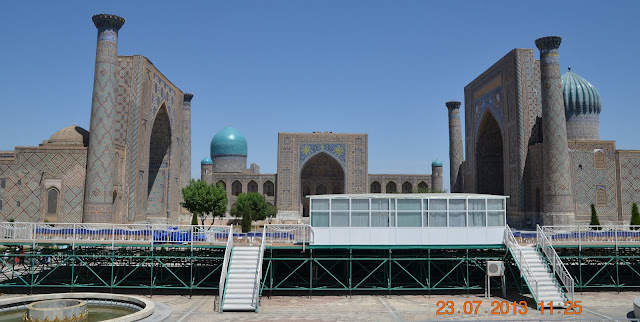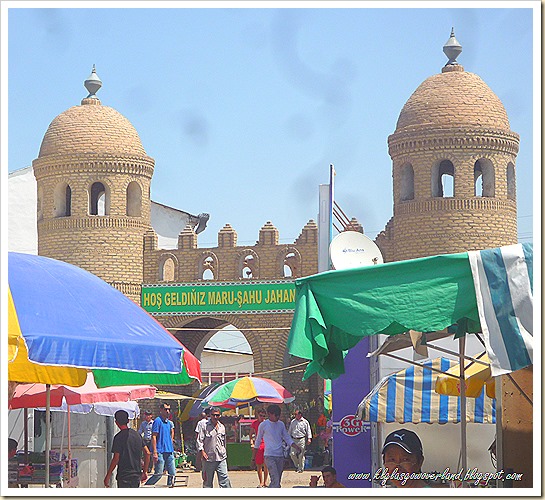Uzbek Non
Everywhere we were in Uzbekistan, we came across lots of Uzbek bread called non. Round in shape, each non had a very unique pattern stamped on it. Some non have meat fillings or sesame seed toppings, other are plain. There are also special and more elaborately decorated non that are prepared for festive occasions such as birthdays etc. Non are usually baked in tandyr oven / clay oven.




Uzbeks considers non as sacred and respects it. There is even a local saying that translates to "Respect for non is respect for country". Non are always placed with the patterns facing up and never











